We Finally Know What Causes Covid Toes – But What Do They Look Like?
Coronavirus symptoms can differ in people, with some experiencing more rare side effects. A little known sign of the virus could be on your fingernails and toenails.
Earlier this year, when the pandemic was in its peak, many reported clear or white lines leaving a “prominent ridge” across the nail.
Professor Tim Spector, principal investigator of the Zoe Covid Symptom Study app, also shared a photo of the phenomenon on Twitter, suggesting Covid nails are “increasingly being recognised as the nails recover after infection and the growth recovers, leaving a clear line”.
And now we finally know why the lines appear.
According to a new study, which published its results in the British Journal of Dermatology, Covid toes are a side effect of the body switching to “attack mode” as it fights off the virus.
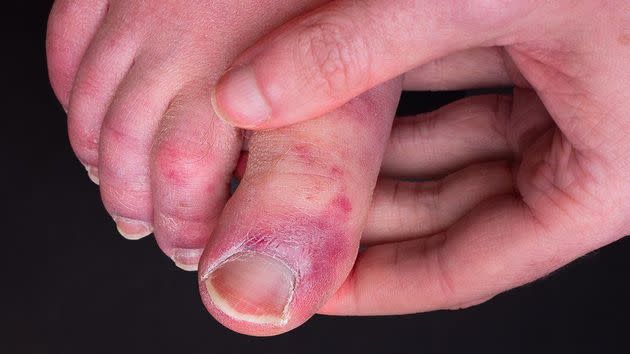
Researchers in the study have been able to locate the parts of the immune system that are involved in the condition. They found participants with Covid nails and toes had a higher prevalence of certain antibodies, which they believe mistakenly target a person’s own cells and tissues as well as the invading virus – therefore impacting the nails as they grow.
While Covid toes can affect anyone, it’s been more common in children.
Usually painless, the marks can effect people differently. For some it’s a painful rash with itching and soreness, that can include blisters and swelling. Results of the study may help with treatments for the condition.
Dr Veronique Bataille, a consultant dermatologist and spokesperson for the British Skin Foundation, said: “Covid toe was seen very frequently during the early phase of the pandemic, but has been less common in the current Delta variant wave.
“That might be down to more people being vaccinated or having some protection against Covid from past infections. Presentations after vaccination are much rarer. Covid-related skin problems can appear quite a while after the acute infection and in people who have no other symptoms, so the link with the virus is sometimes not made.”
There’s no specific treatment for such lines and experts have said the marks tend to go back in time. It may take about six months for the nails – and lines – to grow out and disappear fully.
If they don’t grow out, or more appear, it might be worth speaking to a dermatologist or your GP about whether another underlying condition could be causing the problem.
Here are some images of what Covid fingers and toes can look like.
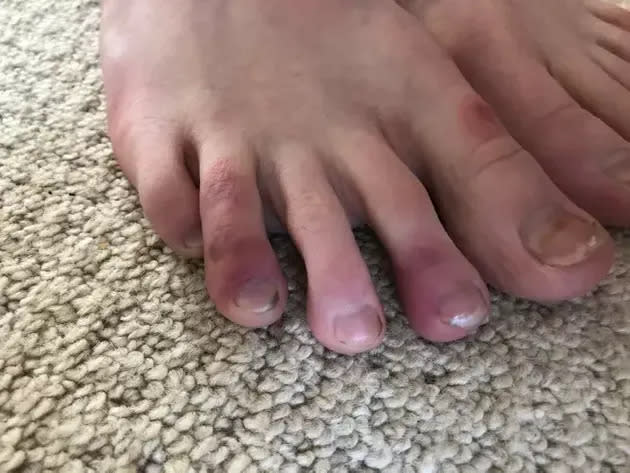
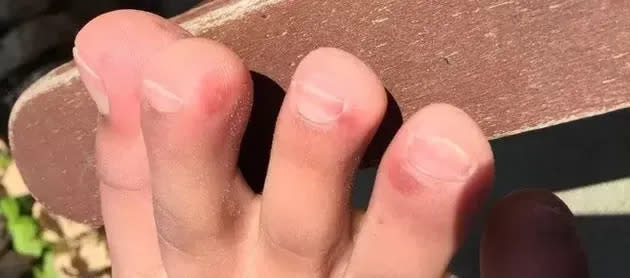
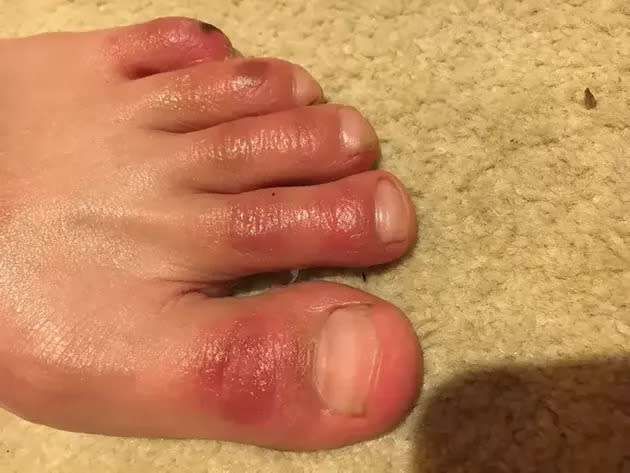

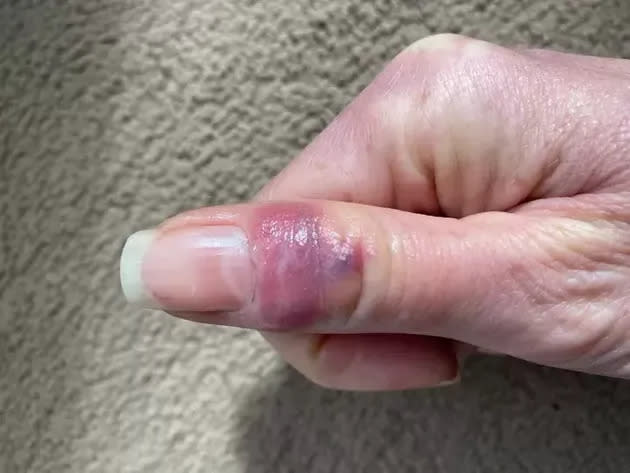
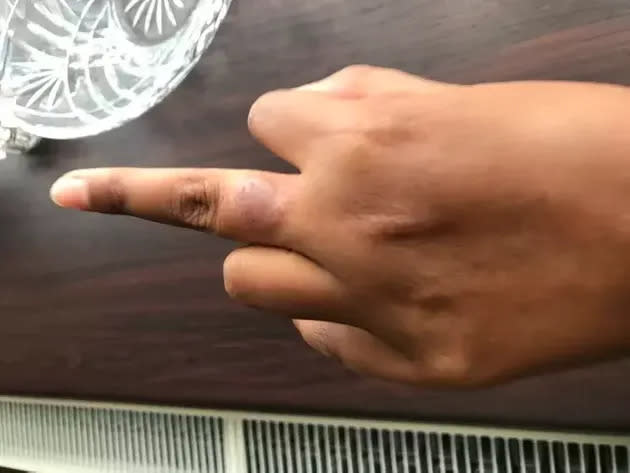
This article originally appeared on HuffPost UK and has been updated.

 Yahoo Finance
Yahoo Finance 


